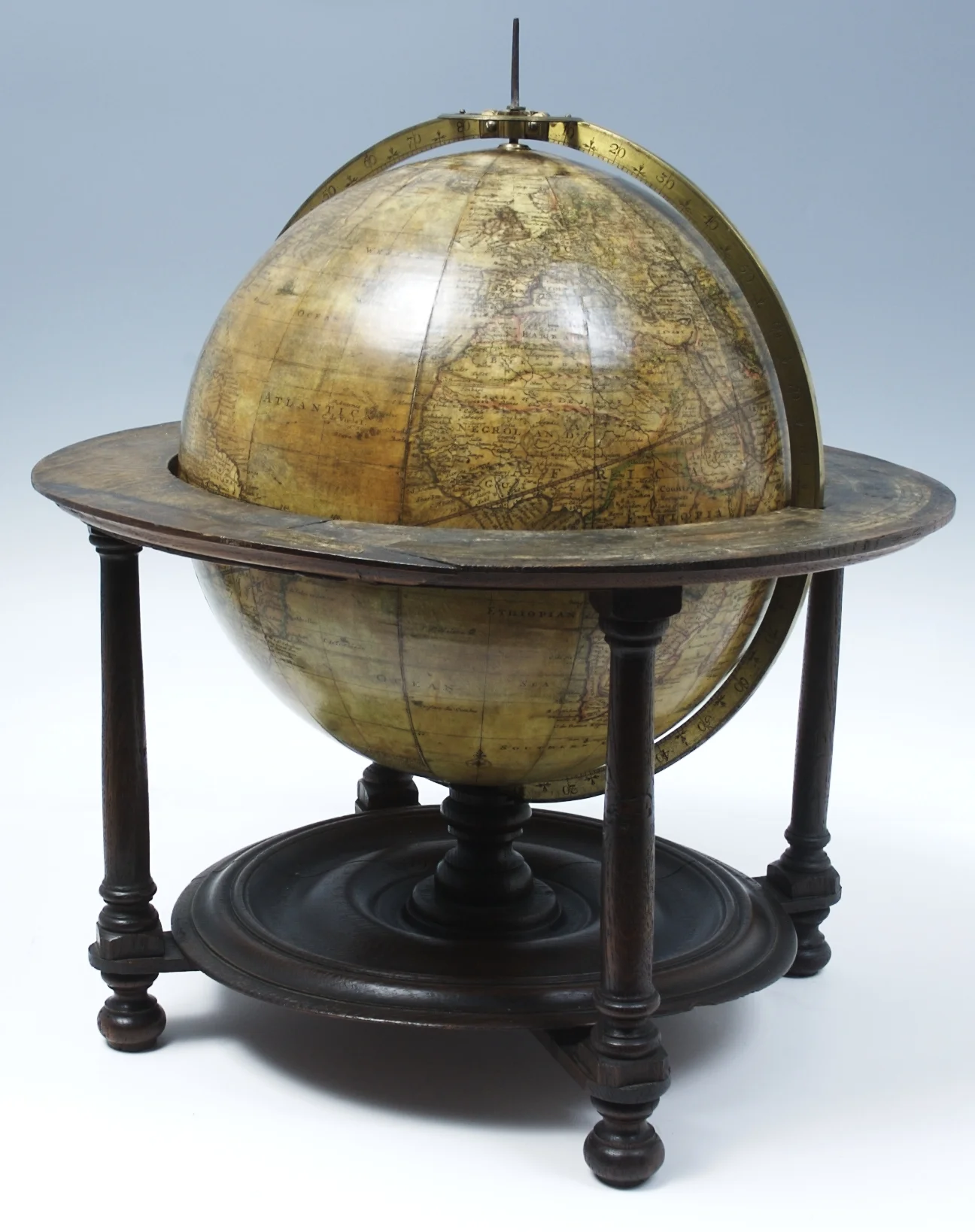Dazzle Ships
During war, conventional camouflage is very effective in land based combat, but is pretty terrible on the sea. Having a huge ship floating above the water with no obstacles to hide behind and with a great flume of smoke extending up to the sky meant that even if you tried to match the water colour (which varies greatly based on weather and levels of light) you would still be a sitting duck. In 1914 an artist called Norman Wilkinson had an idea based on the the camouflage of zebras.
SS Empress of Russia 1917
The idea was not to hide, but to confuse. Strongly contrasting colours were used, with optical effects drawn in to suggest fake hulls, incorrect speeds and directions. Guns were usually painted out in grey-scale and were easy to miss against the bulky and vibrant main body of the ship. During WW1 torpedoes were guided by remote control to keep their heading and so their controller had to have an accurate estimation of their target's course. According to some of the tests done by the early dazzle camoufleurs (what a wonderful word) using small models, they showed that the bearing of a ship could be mistaken by up to 50 degrees.
While the initial idea was shown to Churchill in 1914 it took over a year for the idea to go into official testing. In August 1917 the first run of 400 naval ships in dazzle designs (all different) were launched. Although by that time over ten times as many merchant ships had adopted the idea.
HMS Argus 1918
They results of the new type of camouflage remain controversial. While the sinking rate of non dazzle ships was around 50% and dazzle ships was around 40% this isn't quite a fair comparison; dazzle tended to be used for larger ships (the harder ones to sink). Many sources mocked the idea including a lot of the War Office. One American Journalist (although I can't seem to find a name or newspaper) described: "Our fleet is a flock of sea-going Easter eggs" which I think has a certain charm to it.
Dazzel-Ships in Drydock in Liverpool. A painting by Edward Wadsworth.
Whatever it's supposed success in the first war, with WW2 Dazzle ships met their demise. Range finders and radar made them less effective and torpedoes were no longer hand guided. Later in the Pacific the threat of Kamikaze pilots meant the threat was from the air. You can use conventional camouflage against attackers from the air and so the ships were repainted bluish grey. Any remaining Dazzle Ships from that arena were transferred to the Atlantic instead.
Competitions were held for the best designs during WW2 and many of the Cubist movement had input. Picasso even claimed that Dazzle was a Cubist invention, although this claim is disputed by many.
There are still a few Dazzle Ships left in the world, but it seems that for now the era of these strange, beautiful things has past.
A collection of Dazzle Designs (known as Measures)
I first heard about Dazzle Ships yesterday in a Podcast called 99% Invisible in episode 65. It is my favourite Podcast at the moment: usually 10-15 minutes and is focused on design and architecture. The host Roman Mars has a background in Radio and Audio Design and 99% Invisible is just so well edited it is a joy to listen to.








